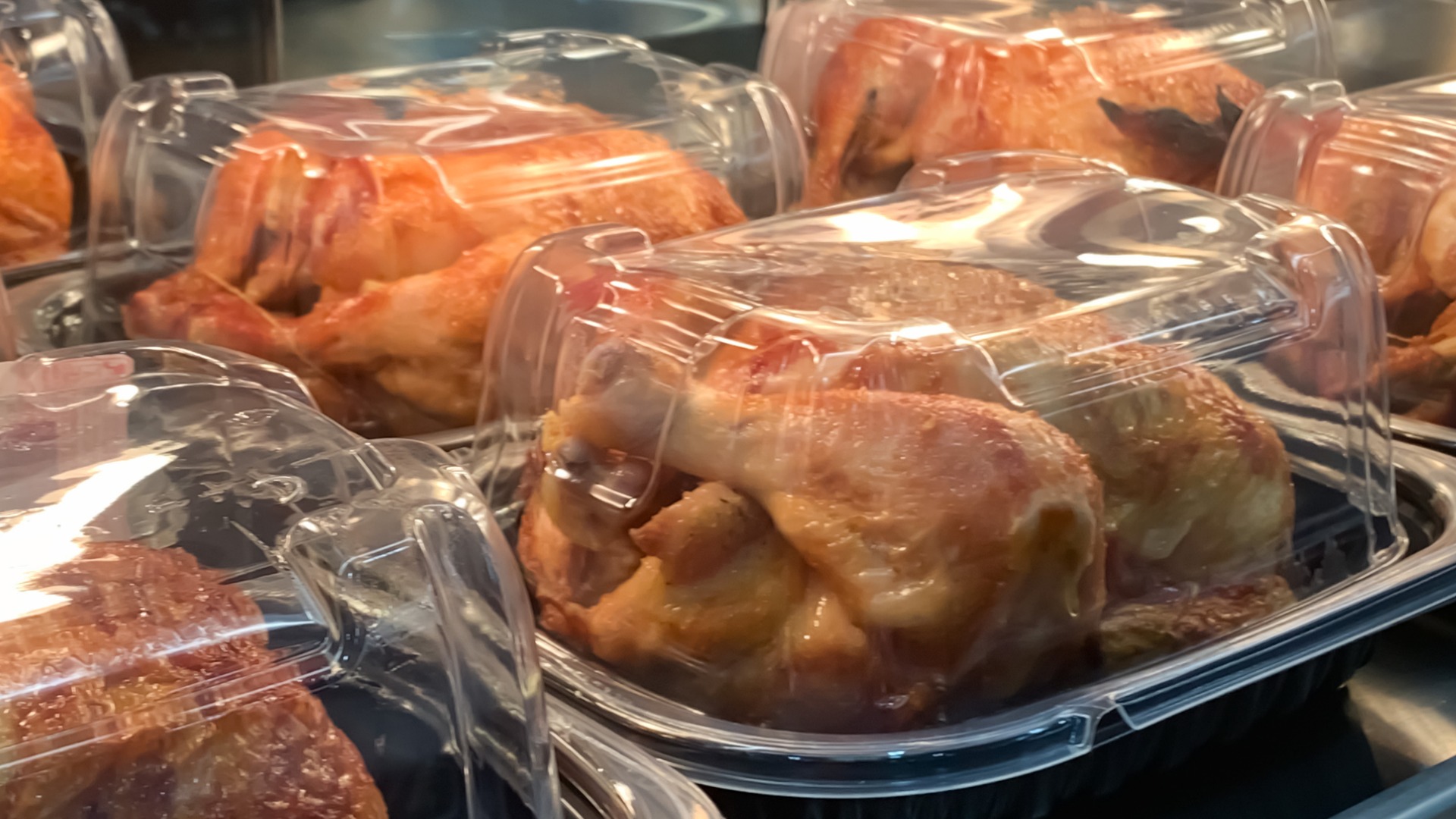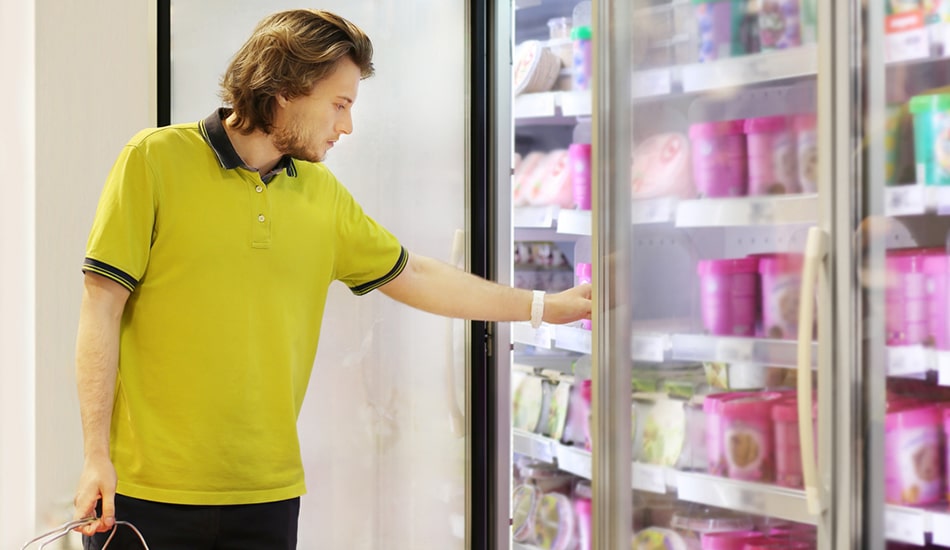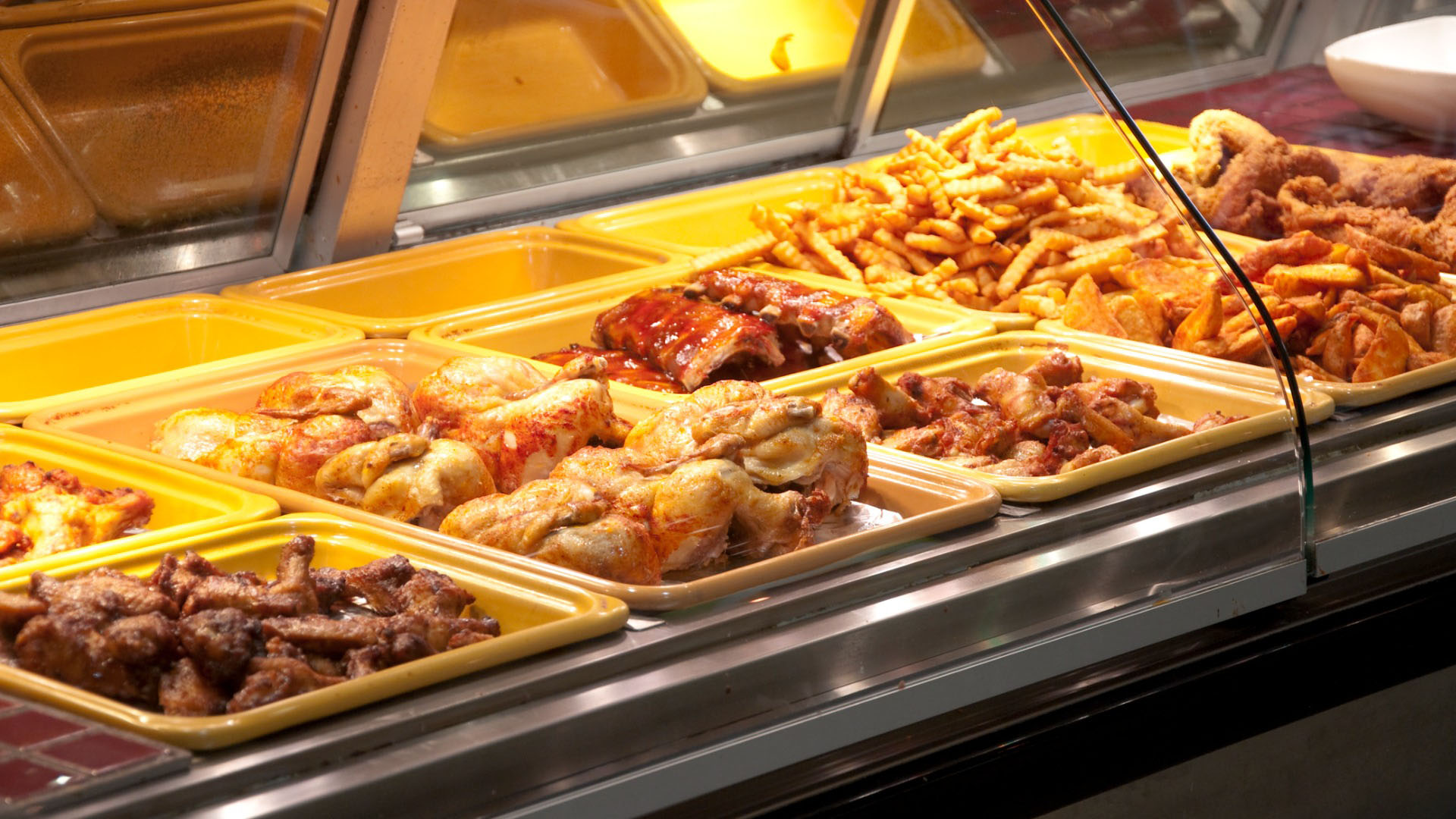Nathaniel Sheetz, Senior Director of Product Management
Neeta Dash, Senior Product Specialist
Previously in this series on achieving food safety goals through the implementation of technology solutions, we’ve explored the importance of understanding the current state, defining the project scope, and identifying how software can guide users to follow food safety best practices. But the success of even the best software is dependent on hardware, so today we turn our attention to ensuring that users have the right physical tools to interact with the new solution.
Choosing the right mobile device
Besides the software solution itself, the devices that employees will use day in and day out to perform and record food safety activities are perhaps the biggest key to success. From the employees’ perspective, reliability and simplicity are essential, while corporate managers must also consider the cost, adaptability and durability of the food safety hardware.
Typically, the first component of the overall hardware decision is identifying the mobile device that employees will use to capture temperatures and document the completion of other food safety tasks. Two main options are available: use mobile devices already deployed to stores or obtain new devices that are (at least initially) dedicated to food safety. Whenever possible, a single cross-functional device is best because it simplifies the user experience, but sometimes other factors drive adoption of new devices.
- The type of mobile devices already in the stores
- Most stores already have some kind of mobile devices in stores, but they may not be suitable for a food safety solution due to a lack of a modern mobile operating system, for example, or insufficient processing capability.
- The number of devices needed
- Even if modern mobile devices are already deployed to stores, the quantity may be insufficient. The scope of many food safety projects requires at least one mobile device in each fresh department, and often two or more in departments where food is prepared.
- Device cost
- The number of new devices required makes the question of cost particularly important. While cross-functional ruggedized devices are ideal, some food safety solutions can run reliably on consumer-grade handheld mobile devices at a fraction of the price.
Choosing the right measurement devices
Besides the mobile device, project stakeholders must also decide how temperatures and other food safety measurements will be completed. Here a variety of options are available:
- No connection
- While less than ideal, some retailers choose to continue the use of some manual measurement devices, such as temperature probes, temperature scanners, or pH readers, and rely on employees to correctly input their captured readings into the food safety solution.
- Wired
- Wired measurement devices are a significant improvement over manual ones, as temperature inputs (for example) can be fed directly to the solution without manual input. But retailers often find that the physical connection between the devices is a point of frequent failure in a retail environment.
- Wireless
- Wireless technologies like Bluetooth enable the direct input of temperatures without a physical connection between the mobile device and the measurement device. In the past, Bluetooth connections were often unstable, but over the years the technology has improved, and some food safety solutions include software algorithms to help maintain these connections.
- Remote sensors
- The latest development in temperature capture devices has come in the form of sensors placed in strategic locations that automatically feed temperature data to the central system. This allows for case temperatures to be captured automatically, without labor cost. However, because they lack a specific link to items in the case, some retailers choose to supplement with other measurements as well.
Notifications and supervision
Of course, the right choice of hardware, particularly with respect to mobile devices, does more than just facilitate temperature capture and other food safety activities. It also serves as a launching point for a variety of other benefits.
Perhaps the most universal benefit is the availability of configurable notifications. Depending on each organization’s needs and culture, audible and visual notifications can be delivered to the right stakeholders at appropriate times. For example:
- Warn department employees that a temperature check is due to be completed in less than 20 minutes
- Alert department management that a temperature round was not completed on time or that a product was out of compliance
- Alert store or district management of systemic issues, such as multiple late tasks or non-compliant readings
In addition to delivering notifications, mobile devices can also simplify food safety management by providing easy access to three key supervisory tools: reviews, reports and metrics. While there can be some overlap between them, reviews typically entail any type of manager sign-off associated with specific tasks or temperature captures, reports deliver views of preset or custom sets of data for informational or auditing purposes, and metrics show high-level summary data of department and store compliance.
Review procedures are typically most useful for establishing accountability within departments and stores for food safety. Review tasks can prompt managers to provide explanations for non-compliant conditions and document steps for improvement.
Reporting, on the other hand, exposes temperature data to appropriate store, district and corporate personnel, as well as to internal or external auditors as appropriate. Each category of user will often prefer to examine the data in different ways, making filtering and formatting capabilities essential.
Finally, metrics serve to summarize data in meaningful ways in order to quickly communicate the state of food safety in each department, store and district. A quick glance at metrics like number of non-compliant temperature readings and late tasks can give key stakeholders the information they need to identify opportunities for greater attention and follow-up.
Conclusion
Choosing hardware in a food safety implementation project can be cumbersome, but with an understanding of the project scope, input from the right stakeholders, and the advice of an experienced implementation partner, the devices that best support each company’s food safety goals can be identified and deployed.
In our next blog entry, we will finish this series with a discussion that pulls together the topics we have addressed so far to prepare a strategy for piloting and rolling out the new food safety solution.




